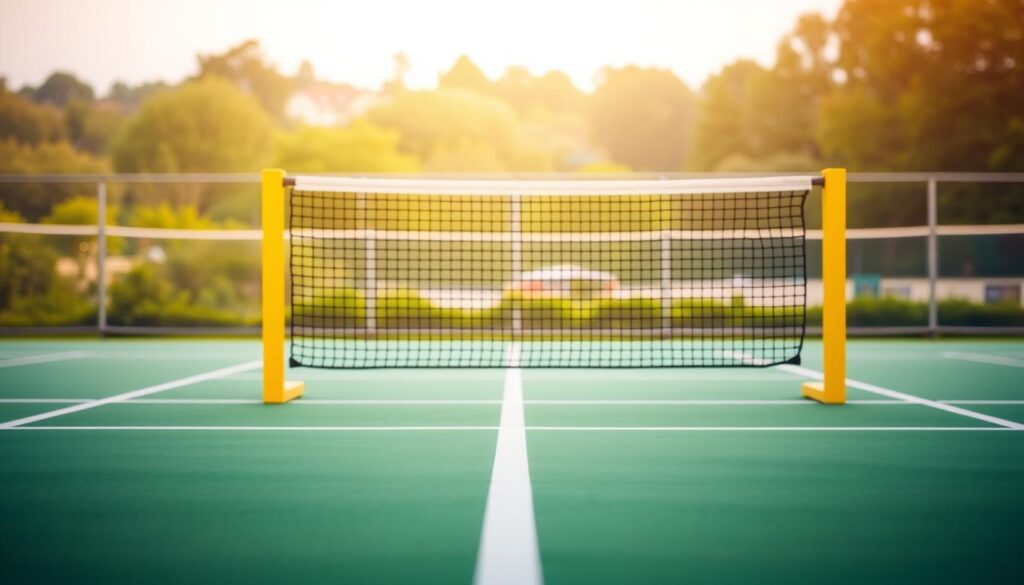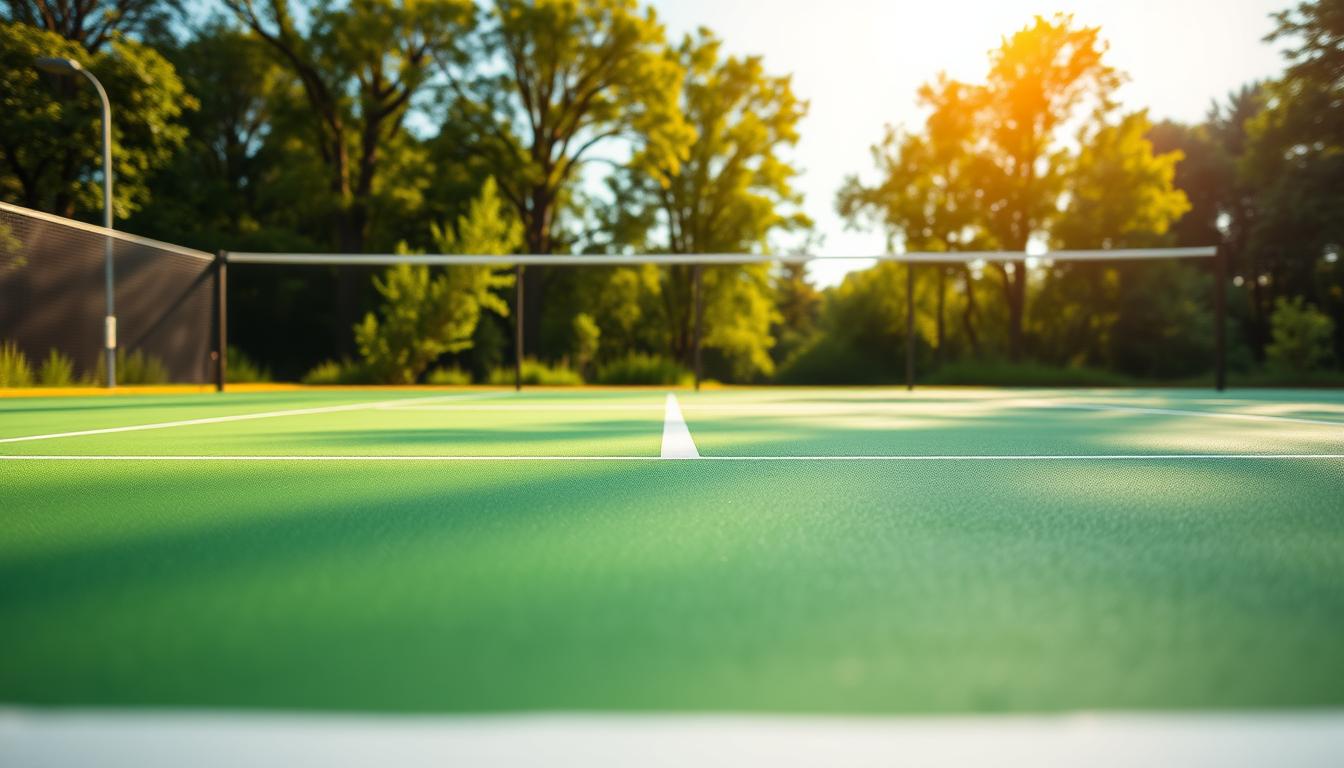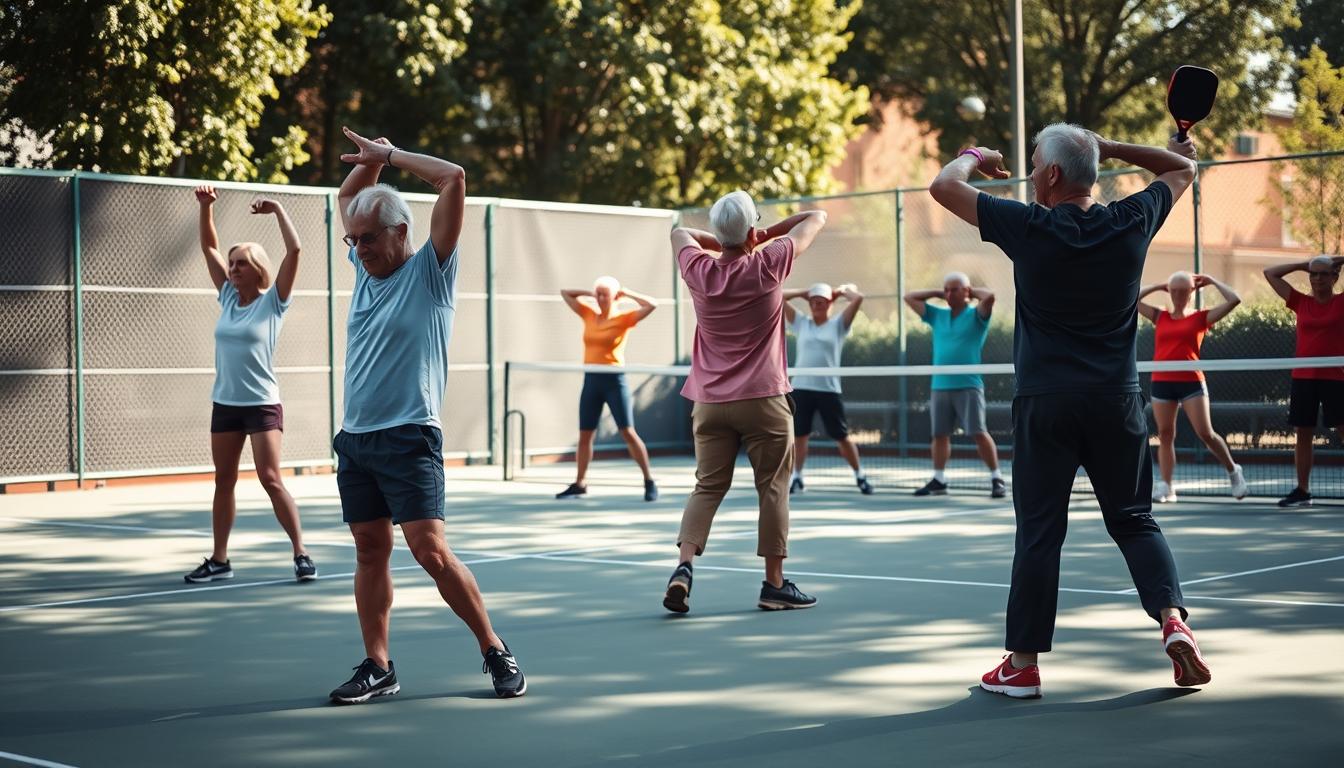Can a simple, repeatable routine help you play stronger and feel calmer before every game? This guide lays out a practical plan for 50+ players that links plant-based nutrition with on-court performance, smart warm-ups, and steady recovery.
The focus is on clear, age-appropriate steps that lower injury risk and boost stamina. You will find short warm-up flows, fast-fuel ideas, in-match hydration cues, and a recovery framework you can use weekly.
Predictable habits cut stress and improve decision-making. The routine covers sleep timing, what to pack, when to eat, and how to cool down so your experience feels reliable and confident.
We also show how to fold local services—indoor courts, outdoor venues, leagues, and rentals—into a consistent training cadence. Use this how-to playbook, test the steps, and tune them to your body.
Set your foundation: goals, timeline, and what 50+ vegan players need right now
Start by setting realistic goals tied to a specific day and time window. Pick one skill—serve placement, steady rallies, or court positioning—and make it the focus for that session.
Make sure your plan respects joint-friendly fitness and progressive load. Schedule low-impact cardio, mobility work, and light strength twice a week so you build durability without overdoing it.
Know the key rules that affect tactics: serve underhand and diagonally, keep one foot behind the baseline, and avoid volleys in the seven-foot non-volley zone (the kitchen). Only the serving side scores; common faults are hitting out or violating the double-bounce rule.

Track simple things: sleep quality, hydration, fueling timing, and perceived exertion after practice. Reserve court time in advance and add on-site services like indoor courts or paddle rentals to your calendar.
Plan a brief weekly review. Adjust goals to match your current fitness and performance so progress stays steady and sensible.
The night before: sleep, light fueling, and gear checks for a body-ready morning
A calm, routine evening sets the stage for sharper reflexes and steadier focus the next morning.
Plan 7-9 hours of sleep to help consolidate motor learning and support quick reactions. Aim to go to bed early so your body has enough recovery time and your mind feels clear at game time.
Before you turn in, choose a light evening snack that is familiar to your stomach. A banana with a small handful of almonds or sunflower seeds keeps fuel steady without causing discomfort.

Quick gear and hydration checklist
- Pack your paddle, court shoes, breathable socks, hat, and a charged phone the night before.
- Pre-fill two bottles: one with plain water and one with an electrolyte mix for longer sessions.
- Lay out weather-appropriate apparel to save time and reduce morning choices.
| Item | Why | Action |
|---|---|---|
| Sleep (7-9 hours) | Consolidates learning; boosts focus | Set bedtime; dim lights |
| Light snack | Prevents GI upset; steadies energy | Banana + small nuts |
| Hydration | Maintains endurance | Pre-fill water & electrolyte bottle |
| Gear check | Reduces morning stress | Inspect shoes, grips, balls |
Keep these small tips in mind: make sure your bag is by the door and set a backup alarm. These moves improve your morning experience and cut last-minute stress.
Game-day warm-up: get body ready with light cardio, dynamic stretches, and skill-specific drills
Begin your game day with a short, intentional warm-up that primes movement and focus.
Start with 5–10 minutes of light cardio—brisk walking, easy jogging, or low-impact jumping jacks—to raise heart rate and temperature. This will get body tissues more elastic and ready for play without causing early fatigue.
Move into dynamic stretches: arm circles (start small, then widen), leg swings (forward/back and side-to-side while holding support), and torso twists with feet shoulder-width apart. These warm-ups prime muscles and joints for quick, multi-directional steps.
On-court techniques follow: serve from varied baseline spots to dial depth and control, practice quick volleys near the net to sharpen reflexes, and dink softly into the kitchen to tune touch. These drills build coordination and muscle memory while lowering strain risk.
- Keep the sequence efficient: cardio, mobility, then targeted hitting.
- Use short 10–20 minute practice blocks across the week to reinforce skill without overloading recovery.
- Finish with a few serve-and-return reps so your first competitive ball feels familiar.
Smart in-match fueling and hydration: vegan energy that lasts across games
Small, regular snacks and sips prevent energy dips and help you play smarter during long sessions.
Sip and balance
Keep a steady cadence of small sips of water so your body regulates temperature and your thinking stays sharp.
During longer blocks or hot conditions, add an electrolyte drink to maintain sodium balance and cut cramp risk.
Quick carbs on short breaks
Between games, reach for light carbs that digest easily: bananas, apples or oranges, and whole-grain bars.
These foods restore blood sugar without weighing you down and help you return to play feeling ready.
Sustained fuel with fats and protein
Add a small portion of almonds or sunflower seeds for healthy fats and modest protein. This mix extends energy between sessions.
- Time bites during each break so you don’t start the next rally on an empty tank or a full stomach.
- Pack a simple nutrition kit: labeled bags for fruit, bars, seeds, and a spare electrolyte packet.
- Rotate flavors to avoid palate fatigue and track what fuels your best games for future planning.
“Small, familiar portions eaten at planned times beat large, new meals on busy court days.”
Post-match recovery routine: protein, mobility, and cooling techniques
Spend your first hour after play on targeted nutrition and gentle movement to support restoration.
Within 30–60 minutes, prioritize a plant-based protein plus carbs combo. Options include a plant protein shake with fruit, a tofu wrap, or a legume-and-grain bowl. This refuels glycogen and starts tissue repair so you feel better the next day.
Apply ice to hot spots for 10–15 minutes to curb inflammation. Follow ice with light mobility work: easy stretches and short yoga flows for hips, calves, hamstrings, and legs. Keep movements slow and breathe.
Rehydrate with water and electrolytes, then plan a balanced meal later that reinforces protein and colorful carbs. Log what aids your performance and which techniques reduce soreness.
When deeper recovery helps
Consider massages, sauna, or aromatherapy at a day spa for added restoration. The Salon & Day Spa at the Scottsdale Plaza Resort offers massages, infrared saunas, and vegan skincare. The Well & Being Spa at Fairmont Scottsdale Princess adds hydrotherapy, a rooftop pool, and a personal spa concierge for small groups.
| Action | When | Benefits | Notes |
|---|---|---|---|
| Protein + carbs | 30–60 minutes | Refuels glycogen; supports protein synthesis | Shake, tofu wrap, legume bowl |
| Ice | 0–2 hours | Reduces local inflammation | 10–15 minutes on sore areas |
| Stretch & yoga | After ice | Restores range; relaxes muscles | Focus on hips and legs |
Where and how to practice in the U.S.: venues, sessions, and services that support performance
Finding the right courts and nearby services makes it simple to turn practice into progress.
Reserve 60- or 120-minute court sessions to structure warm-up, focused drills, and short practice games. Sixty minutes often fits a tight schedule; 120 minutes lets you add feedback and cool-down without rushing.
Mix surfaces and group options
Rotate indoor, climate-controlled courts with outdoor surfaces to protect joints and adapt timing. Choose venues that host open play, DUPR-rated options, and senior leagues so players find suitable competition.
Local spot: At Fault (Dallas area)
At Fault has nine courts: five indoor (climate control, outdoor-grade surface) and four outdoor hard courts. Book online for 60 or 120 minutes; indoor peak is $40/hour and off-peak $25/hour. Outdoor peak is $20/hour and off-peak $15/hour.
| Service | Availability | Cost | Why it helps |
|---|---|---|---|
| Court booking | 60–120 minutes | Indoor $25–$40/hr; Outdoor $15–$20/hr | Enough minutes for warm-up, drills, and short games |
| Paddle rentals | On-site (JOOLA) | $5/hour | Simplifies logistics for visitors and new players |
| Open play & leagues | All levels, DUPR-rated, senior groups | Varies by event | Matches players by level; consistent games for feedback |
| On-site services | Pro shop, ADA access, kitchen | Pro shop pricing; restaurant timing varies | Supplies, accessible access, and dietary-friendly meals |
“Reserve adjacent courts for group drills and confirm posted rules to keep sessions focused.”
Conclusion
Wrap your routine with a short checklist that links sleep, warm-up, fueling, and recovery into a single, repeatable flow.
Make sure night sleep and a brief, joint-friendly warm-up set the tone for game day. Arrive on time, sip water, and follow the same sequence so body and mind register familiar cues.
Between games, take a short break, snack lightly for steady energy, and use dynamic stretches to keep muscles ready. After your last game, prioritize recovery: a plant protein plus carbs, light yoga, ice on hot spots, and restorative massages when possible.
Track a few things each day—hydration, fueling timing, warm-up quality, and how your legs feel—and refine techniques like footwork, serve placement, and kitchen control over time. Book local sessions, join a group, and keep the experience fun while you protect performance and recovery.




